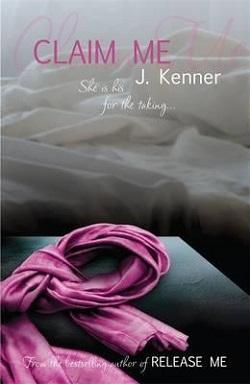In Her Wake is the first book to investigate the gruesome Delany murder, and the woman behind the mystery…
I write for half an hour, filling three pages with psych terms and raw, gritty details of the crime scene. Because, although that’s all I have at this point, I need to start the story somewhere. Even before I have the facts, before I fully immerse myself in the investigation, I need a glimpse into my opinion—as this is also how readers will first perceive the victim.
I do this because my editor says I have a difficult time relating to people. She’s being polite, when what she actually means is people have a hard time relating to me. She claims my writing, although good, is stilted in the emotions department. Therefore, my first drafts are more technical, and my writing leaves her feeling distanced, removed from the characters.
At least, that’s the feedback I got from my editor before she shredded my first book. I suppose it was the right choice, because that novel went on to hit the best-seller’s list.
Sometimes, when I’m reading her notes, I feel like a fraud.
Her: “More insight into the victim’s past.”
Her: “More depth—give us raw emotion here.”
And so on and so on.
Then there’s the question of whether or not a writer of truth should weave themself into the narrative. I wondered this from the start, when I first began my descent into the realm of true crime writing. Every writer—whether of fact or fiction—imbues the pages with a part of themselves. It’s impossible not to. We slip into our characters, the dialogue, the prose. Like a thief, we creep onto the scene, hoping no one will notice.
Only how much of oneself belongs in someone else’s story? I find it’s like walking a tightrope. Too much of the author’s narrative, and we’re regarded as indulgent. Too little, and we’re labeled pretentious, boring, or worse, derivative.
My argumentative reply to my editor: the author cannot be the story.
Yet, in order to create a brutally honest work, there must be layers of the author, bared, unvarnished. Exposed. Vulnerable. Woven throughout the story seams.
I envy those who demonstrate this talent so effortlessly.
Stretching my neck, I work out the kink, then brace my fingers over the keys. “Dig deep.” My editor’s advice still fresh, I write the best intro I can with my limited emotional range.
This is the victim’s truth.
As blood bloomed the murky water, pain sliced her insides, cold crushed her chest. Icy water filled her lungs.
My fingers halt over the keyboard. I stop rocking.
Was the water cold for the victim?
A flitting wisp of a memory assaults me, then it’s gone. A cruel tease. Trying to hold on to a sudden flash from the past is like trying to grip a wiggling fish. My mind knows the memory will cause pain, so it quickly rids itself of the thought. Throwing the fish back in the lake.
Lake.
There it is again, the floating lotus bobbing up into my mind.
You don’t belong here.
Dammit. This is the third time I’ve attempted to begin this book, only to be sucked down by the undertow of the past. It’s why the book is open on my Mac now. Why I can’t quit toggling between documents.
The victim’s death is too similar.
I should’ve said no to this project.
I snap the rubber band against my inner wrist as I focus on the differences between the crimes. There were no lotuses at the victim’s crime scene. I checked. It’s the first thing I look for when a floater case comes across my proverbial desk.
The Delany case is the first drowned victim cold case I’ve agreed to work.
“We don’t have to take this case…”
Special Agent Rhys Nolan said this to me two weeks ago, and my answer at the time was: “If we don’t, who will?”
Now, I’m wondering if his concern was valid, whether he was right to question if it would hit too close to home. The victim was discovered floating near the shore of a lake, stabbed. Drowned. Only a hundred miles separation between my crime scene and hers.















